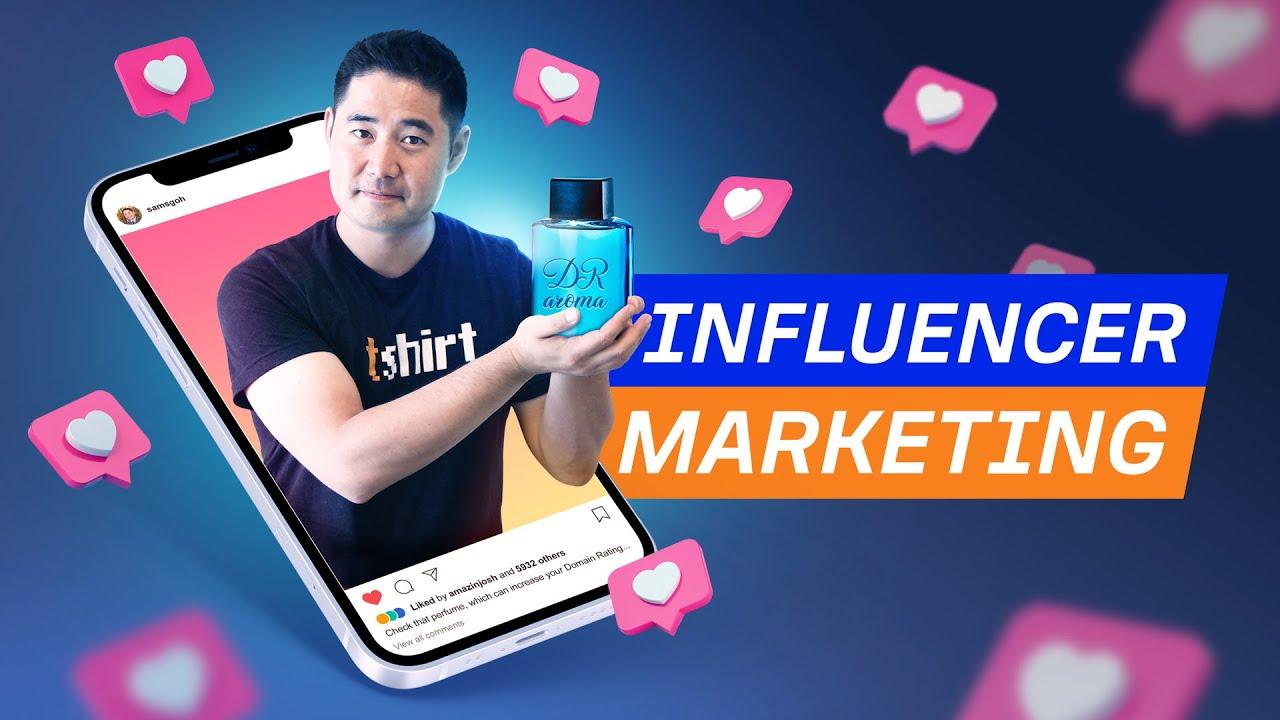
in the age of digital connectivity,the rise of YouTube influencers has transformed the marketing landscape,creating a vibrant ecosystem where creativity meets commerce.With millions of viewers hanging on their every recommendation, these content creators wield unprecedented power, shaping consumer behavior and brand perception. However, behind the glitz and glamour of influencer marketing lies a complex web of legal considerations that can easily ensnare unsuspecting brands and creators alike. From disclosure requirements to intellectual property rights, navigating the legal maze of YouTube influencer marketing can feel daunting. This article aims to shed light on the legal obligations and best practices that both influencers and brands must understand to thrive in this dynamic environment.Whether you’re a budding YouTuber or a seasoned marketer, understanding the legal intricacies can help you harness the full potential of influencer collaborations while avoiding costly pitfalls. Join us as we unravel the nuances of this evolving field, empowering you to navigate the legal landscape with confidence and clarity.
Understanding the Regulatory Landscape of Influencer Marketing
As influencer marketing continues to flourish, understanding the legal framework surrounding it becomes essential for both creators and brands. The regulatory landscape is influenced by several key factors, such as clarity, disclosure, and advertising standards. Influencers must adhere to Federal Trade Commission (FTC) guidelines, which mandate that any sponsored content be clearly identified.This means using hashtags like #ad or #sponsored in a conspicuous manner so that audiences are aware of the commercial nature of the content. Additionally, brands must ensure that their contracts with influencers include provisions that comply with these guidelines to avoid legal repercussions.
Moreover, the regulatory environment may vary by location, adding another layer of complexity to influencer marketing. as a notable example, in Europe, the General data Protection Regulation (GDPR) affects how brands can collect and use personal data, impacting targeted advertising strategies. Hear are some essential regulations that influencers and brands shoudl be aware of:
| Regulation | description |
|---|---|
| FTC Guidelines | Ensure sponsored content is disclosed to avoid misleading the audience. |
| GDPR | Regulates the collection and use of personal data in Europe. |
| Children’s Online Privacy Protection Act (COPPA) | Protects the privacy of children under 13 and impacts marketing strategies targeting this demographic. |
By keeping abreast of these regulations, influencers can navigate the legal maze of marketing more effectively, thereby fostering trust with their audience while staying within the bounds of the law. compliance not only protects against potential fines but also enhances the credibility of influencers and the brands they represent.

Disclosing Sponsorships: Best Practices for compliance
When engaging in sponsored content, transparency is key to maintaining the trust of yoru audience and adhering to legal requirements. To ensure full compliance, influencers should focus on clearly disclosing any sponsorships or partnerships in a straightforward manner. Effective practices include:
- Use clear, simple language: Terms like “sponsored,” “paid partnership,” or “advertisement” should be prominently displayed.
- Place disclosures strategically: Ensure that the disclosure is visible at the start of the video, allowing viewers to notice it immediatly.
- Utilize captions and descriptions: Adding disclosure in the video description and utilizing on-screen text can reinforce transparency.
In addition to the methods mentioned, it can be beneficial to maintain a consistency in disclosure practices across all platforms. this can involve developing a checklist or template for existing content that outlines how and where to disclose sponsorships. Here’s a simple template that can serve as a guideline:
| Content Type | Disclosure location | Notes |
|---|---|---|
| Video | Beginning of video + description | Use bold text for visibility |
| Social Media Post | First line of caption | include hashtag like #ad |
| Blog Post | Beginning + within content | Link to more data if necessary |

Intellectual Property Considerations for Content Creators
For content creators venturing into the dynamic world of influencer marketing, understanding intellectual property (IP) is paramount. This not only protects their original works but also helps in navigating potential legal issues. Creators must be aware of several key aspects of IP:
- Copyright: This applies to original videos,music,graphics,and any other content created. New works are automatically protected as soon as they are fixed in a tangible form.
- Trademarks: If you’re building a brand,distinctive logos,slogans,or names can be trademarked,preventing others from using similar marks that could confuse your audience.
- Licensing Agreements: When collaborating with other creators or brands, ensuring proper licensing of content used is essential to avoid infringement.
Moreover, understanding fair use is crucial when incorporating third-party content into your videos. Fair use can be a gray area, but generally, it allows limited use of copyrighted material without permission for commentary, criticism, or education. To simplify the complexities, here’s a brief table summarizing these concepts:
| Type of IP | Description | Importance |
|---|---|---|
| Copyright | Protects original creations. | Secures ownership of work. |
| Trademark | Protects brand identifiers. | Prevents confusion in the market. |
| Fair Use | Limited use of copyrighted material. | Allows commentary and education. |

Building a Robust Contractual Framework with Brands
In an ever-evolving landscape of influencer marketing, establishing a solid contractual framework with brands is paramount to ensuring mutual benefits and protecting all parties involved. Contracts should clearly outline the scope of work, deliverables, and timelines. Components to consider include:
- Content Ownership: Determine who retains rights to the content created during the campaign.
- Compensation Structure: Specify payment timings, amounts, and any performance-based incentives.
- disclosure Obligations: Ensure compliance with legal requirements for sponsorship transparency.
- Exclusivity Clauses: define any restrictions on collaborations with competing brands during and after the agreement.
Furthermore, it’s beneficial to integrate a section for dispute resolution within the contract. This can provide a roadmap for addressing potential conflicts amicably without resorting to litigation. Consider incorporating a simple table layout for clarity,such as:
| Dispute Type | Resolution Method |
|---|---|
| Payment Disputes | Negotiation,followed by mediation |
| Content Usage Rights | Amicable discussion,then arbitration |
| Breach of Contract | Formal complaint,legal action as last resort |
Such a structured approach not only clarifies expectations but also fosters a relationship built on transparency and trust,which is essential in the influencer marketing ecosystem.
Wrapping Up
As we draw the curtains on this exploration of the legal intricacies surrounding YouTube influencer marketing, it’s clear that the digital landscape is both a promising frontier and a complex maze. Navigating this terrain requires not only creativity and strategy but also a thorough understanding of the legal frameworks that govern collaborations between brands and influencers.
In this ever-evolving realm, where regulations and guidelines continuously shift, staying informed and compliant is paramount. By embracing transparency and ethical practices, influencers and brands alike can foster trust and authenticity with their audiences.
As you step into this vibrant world, remember: knowledge is your compass. Equip yourself with the legal insights shared in this article, and you’ll be well-prepared to thrive in the dynamic dance of influencer marketing.So, take a deep breath, chart your course, and confidently embark on your journey through the captivating landscape of YouTube—one where opportunities abound for those who know how to navigate the legal maze.